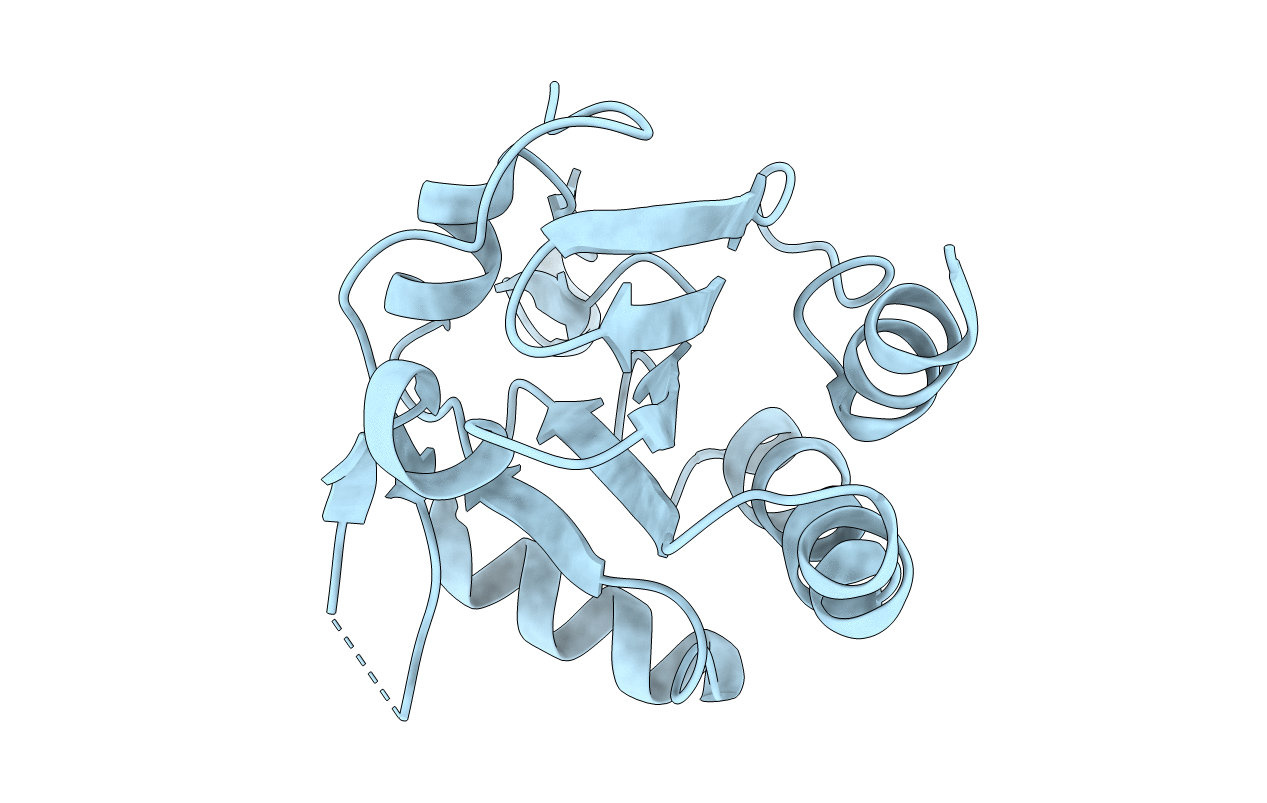
Deposition Date
2016-05-18
Release Date
2017-05-24
Last Version Date
2023-11-08
Entry Detail
PDB ID:
5K1G
Keywords:
Title:
Crystal structure of reduced Prx3 from Vibrio vulnificus
Biological Source:
Source Organism:
Vibrio vulnificus MO6-24/O (Taxon ID: 914127)
Host Organism:
Method Details:
Experimental Method:
Resolution:
1.90 Å
R-Value Free:
0.25
R-Value Work:
0.22
R-Value Observed:
0.22
Space Group:
P 32 2 1


